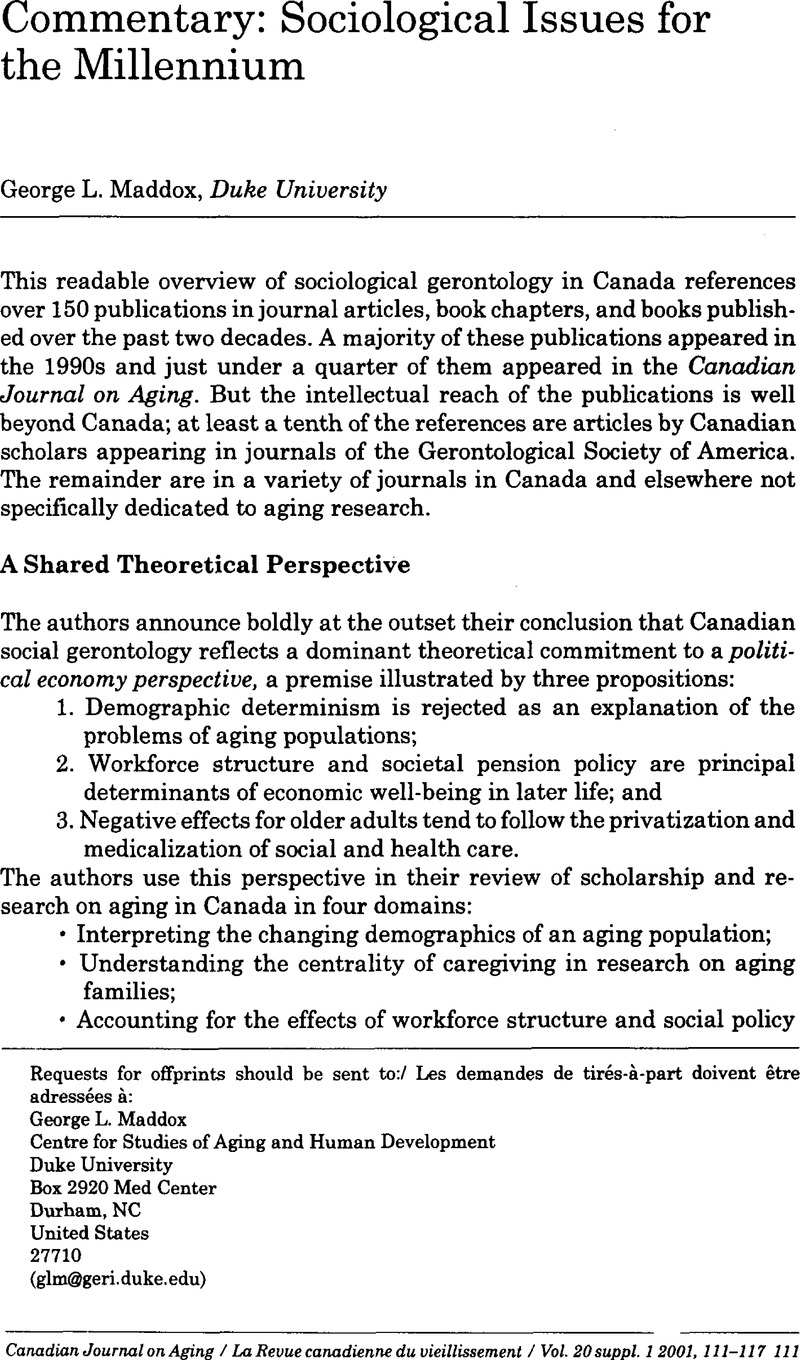Crossref Citations
This article has been cited by the following publications. This list is generated based on data provided by Crossref.
Korkmaz Yaylagul, Nilufer
and
Seedsman, Terence
2012.
Ageing: The Common Denominator?.
Journal of Population Ageing,
Vol. 5,
Issue. 4,
p.
257.





